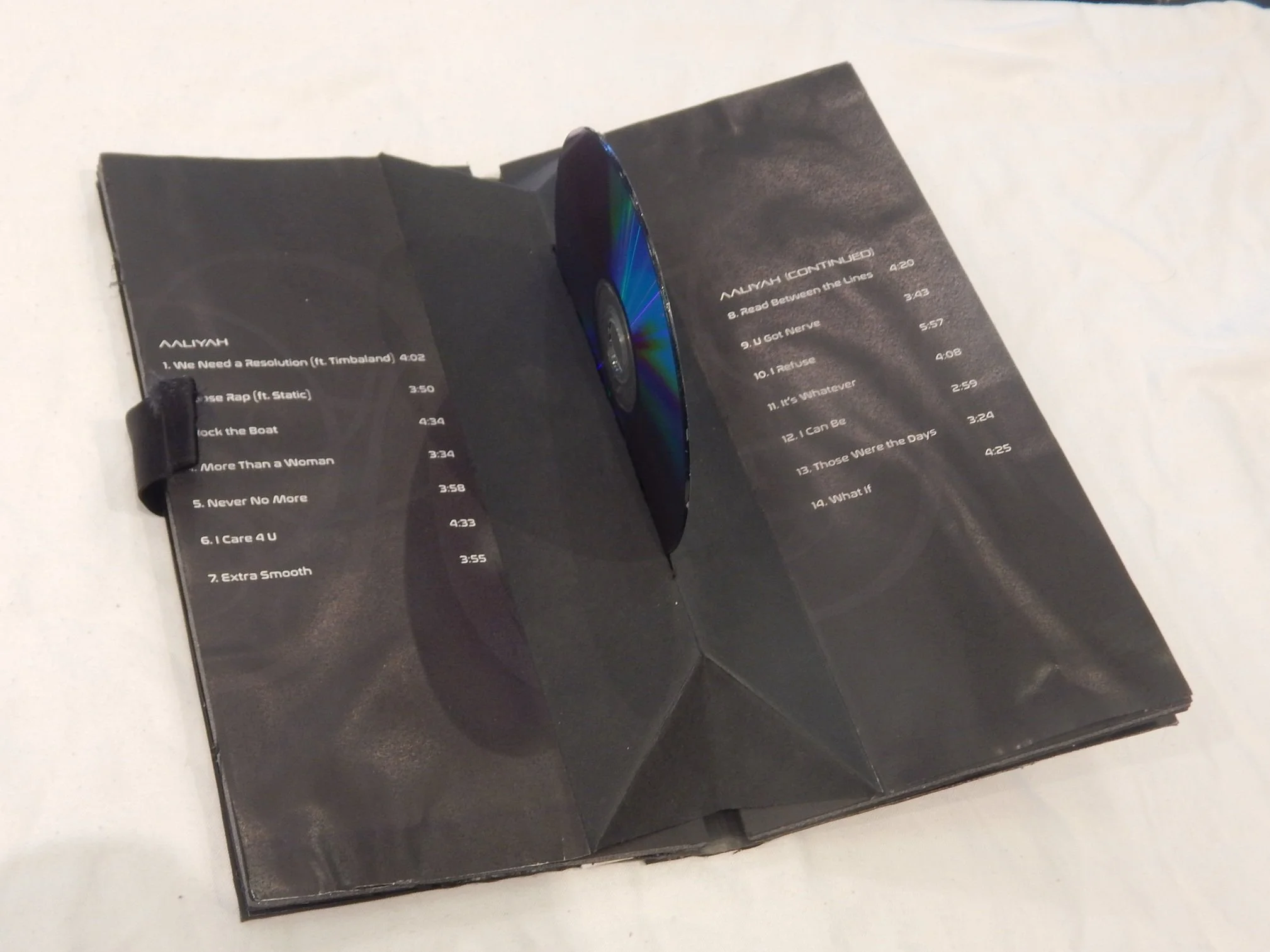What you can learn from Poshmark's user experience strategy.
If anyone has truly tapped into the Millennial woman’s brain when she shops, it’s Poshmark. They come at a time when Reselling your clothes is at an all time high and where stores like Plato’s Closet are thriving. Not only that, but the minimalism movement is growing thanks to people like Marie Kondo and reselling clothes is seen as an eco-friendly way to shop. So the push to clear out your closet is growing.
The shopping app specializes as a social networking platform to resell all those old clothes you no longer wear. Poshmark succeeds in ways other resell sites don’t, they’re very good at getting people to come back to the app and open it again and again. They’ve tapped into persuasive design and behavioral patterns in better ways then their competitors have.
What I really like about Poshmark is that they even release their data every once in a while to prove how their app is innovating the resale shopping experience. This can be especially useful for ecommerce websites, especially online fashion sites to look at and see how they can incorporate the data into their own strategies.
I also enjoy that they release their data as easy to follow infographics and at the bottom, state their resources and where they got the data from.
So I decided to take a look at how Poshmark succeeds in keeping their Poshers on the app and coming back multiple times a day. I think their strategy can be effective for other markets if used creatively.
They have select Poshers “host” themed Posh Parties at specific times of day
Posh Parties are constantly promoted as a great way to put the clothes you’re reselling or wholesale selling in front of people who don’t already follow you. So that puts more eyeballs on your product.
Not only that, but they have themes like, “Best Jewelry and Accessories” (you can only share New Jewelry and Accessories), “Men’s Clothes”, “Boss Babe”, “Winter Must Haves”, etc. These help limit what people can share and not share to these parties and give customers a select view.
Photo by Hey Beauti Magazine on Unsplash
Within the Posh Parties, you can also select other categories like, “Designer”, “New With Tags,” “Host Picks,” etc. That helps people find more select products if they don’t already use the wide range of selections you can narrow your search down to.
This is a great way to get people to come back and use the app because it’s an event for only two hours you can participate in throughout the day. Having a community event happen for a limited amount of time at a set time regularly, can give people reasons to use the app when they might not otherwise.
Their users can become Poshmark Ambassadors, Hosts, and other preferred users.
Poshmark has a clever system to keep users active on the app besides trying to sell their own clothes or wholesale clothes. Their Poshmark Ambassador program uses goals to keep users on the app and actively using it. Research shows that when users are given a task, they are more likely to complete it.
To qualify, you must meet all of the criteria below:
Community Shares: Share at least 5,000 items from other Poshers’ closets
Self-Shares: Share your own items at least 5,000 times to the community
Available Listings: Have at least 50 available listings in your closet
Listings Sold: Made at least 15 sales
Average Rating: Have an average rating of at least 4.5 stars
Average Ship Time: Have an average ship time of less than 3 days
Once they’ve joined the program, they are given more benefits then the average user like promotion to new users, and are given monthly tasks. Together with added benefits and monthly tasks, Poshmark helps ensure that users continue to use the app to get to the Posh Ambassador status and continue working towards goals afterwards.
Poshmark hosts regular giveaways in the forms of active sales
User who participate in Make A Deal Days and Love or List it Challenge, are automatically entered in giveaways to win prizes such as cash, hosting parties, shopping sprees, and even becoming a PM editor for a day.
In order to qualify for these giveaways, Poshers must complete certain criteria like dropping the price at least 10% on any item in their closet and selecting a shipping discount.
By using giveaways that benefit the user via potentially selling an item and winning a giveaway, this keeps users active during these periods and return for other events. Even if they don’t make a sale or win, their chances of either or both increase with every entry. You can do something easy like this for your app, website, social media, or blog in order to keep people coming back.
Encouraging Poshers to interact increases engagement and trust
One of the first ways Poshmark increases their user retention when completely their onboarding experience is by inviting users to add their friends from their backgrounds. By immediately adding people they already know based on what college they went to, their location, and other data, the first time Posher already has a network right away to sell to. This also can give Poshmark a wide variety of data all given up by the user. And the added bonus of $5 whenever they invite someone to join (and if that person joins and makes a sale), helps users spread the “posh love”.
Not only that, but when considering an item to purchase, Poshmark encourages their users to share as much information about an item in their closet AND to message the seller directly through comments. This helps the customer feel confident about what they’re purchasing and the public comments leave the seller accountable.
Seeing the number of likes, a brand, how many similar items there are from other sellers, and the price competition all encourage users to make a decision. Sellers can also make their particular product seem even more valuable by offering sales and shipping discounts. Plus, once a seller completes a purchase, the money they made is automatically put into their Posh account, making it more likely that they in turn will buy something else on the app.
Once a buyer as bought a product, they are given updates on the shipping and encouraged to leave a review when they’ve received an item. The seller in turn must complete a number of steps through the app (free shipping labels) before they get their money. And Poshmark encourages all seller to also send handwritten notes or bonus items in order to make it more likely that that user will buy from them again. This increases trust between the buyer, seller, and Poshmark.
By having users share items publicly to their feeds and social media and then suggesting that other users return the favor, this increases engagement in the community. The more people who see your item and the more people who share not only within the app, but outside, the more likely you are to make a sale.
Poshers can also participate in wholesales, becoming online boutiques
The average person isn’t going to have an unlimited amount of clothing and accessories sitting around to keep reselling. Eventually, they would run out. Some Poshers solve this by buying from their local thrift store, and selling unwanted clothing from friends and family.
But Poshmark cleverly offers another solution: wholesale boutiques.
By letting Poshers sign up to become wholesale boutiques (and providing them with merchandise and selling guidelines), this lets users continue to use the app once they’ve sold out their own closet. This can also help them become business owners and run their own small shop via the app.
It’s also a good way for lesser known brands and boutiques to sell their clothing online. It gets rid of having to have their own ecommerce website, puts it all into one place, and gives them access to millions of potential buyers. Poshmark’s high user engagement means that brands are more likely to take advantage of this opportunity, giving Poshmark another slice of the pie.
Easy, simple, and clever.
Poshmark has an amazing marketing campaign through push notifications
One of my favorite parts about this app is the marketing campaign they created around push notification. Everyone likes it when apps are more personable, and people like to be told how special they are or shown something they agree with like Let’s Cancel Mondays, and just have Taco Tuesdays.
So keeping this in mind, at least three times a day, Poshmark uses the push notification setting to send users funny or inspirational messages. It’s unexpected from a shopping app, keeps people wanting to know what the next message will be, and gives them good feelings about the app.
According to this Inc.com article “This App May Have the Secret of Marketing to Millennial Women,” Poshmark started doing this in 2014 and saw right away their idea was paying off and worth keeping around.
“When we began experimenting with creative push notifications in 2014, we instantly saw a 35% increase in CTR and we knew we were on to something,” Franco says. In monitoring their social channels, they noticed the uptick in users sharing screenshots, and they use that data to inform and optimize future notification content. They now see users opening the app an average of 7-to-8 times per day.
“The key thing going on here is novelty,” says Jeremy Goldman, CEO and Founder of digital consultancy Firebrand Group, and author of the upcoming book Getting to Like. “The Poshmark approach is novel and unexpected, which is why it works.”
I can for sure say myself that this one idea has kept me from deleting the app when I haven’t been super active on it.
Photo by Victor Garcia on Unsplash
TL;DR, we can follow Poshmark’s success by:
Creating reliable events and encouraging our users to interact during specific times for a limited amount of time
Create a special status for users to work for via easy to complete goals and then continue to give them goals and added benefits once they’ve reached that status
Use giveaways and sweepstakes that give users multiple benefits such a random chance to win and make a sale or promote something of value that’s theirs
Foster trust between users by encouraging connection through comments, reviews, and extra information
Help users continue to use your platform by giving them more easy ways to interact beyond your initial solution that also finds you clients via other channels.
Engage with your users via novelty approaches. Use an unexpected channel or idea that they wouldn’t expect from your product. Make it better by fostering positive feelings towards your product.
This is not a sponsorship or anything like that, I just enjoy using the app and given this a lot of thought.














